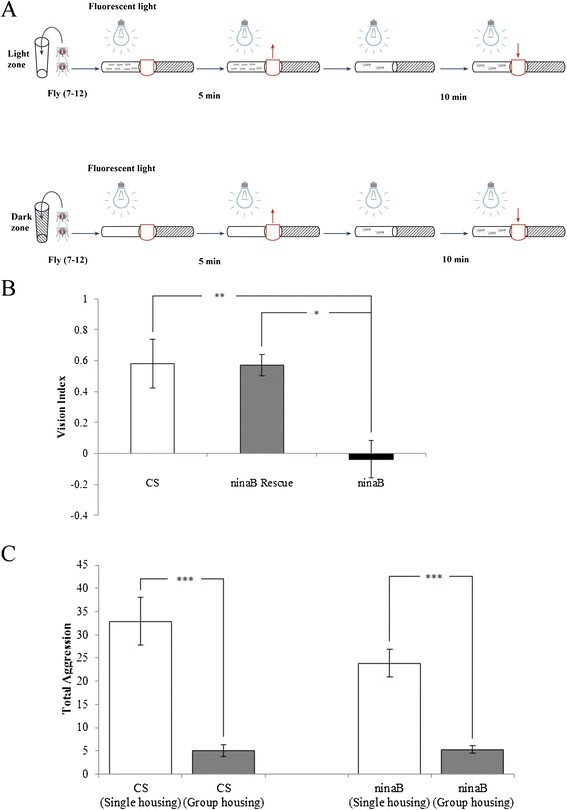Drosophila Aggressive Behavior Analysis Service
Drosophila aggressive behavior analysis has emerged as a valuable tool in studying aggression and its underlying neural mechanisms. As the Drosophila melanogaster displays innate aggressive behaviors, researchers can utilize this model to explore the underlying neural, genetic, and environmental factors that influence aggression. At CD BioSciences, we are dedicated to advancing scientific research through our specialized services in the field of Drosophila research. Our Drosophila aggressive behavior analysis service is designed to provide comprehensive and accurate assessments of aggressive behavior in Drosophila melanogaster, aiding researchers in gaining valuable insights into various biological and environmental factors affecting aggression.
Introduction to Drosophila Aggressive Behavior
Drosophila exhibits aggressive behavior, which serves as a valuable model for studying aggression in animals. Aggressive encounters in male Drosophila involve wing threats, lunging, and chasing, often over territorial disputes or mating competition. Typically, this behavior is influenced by genetic factors, neural circuits, and environmental cues.

Fig.1 Visual impairment in ninaB mutants does not affect social suppression of aggressiveness. (Ramin M., et al. 2014)
Aggressive behavior analysis is a research method used to study aggression in Drosophila. Researchers observe and quantify aggressive interactions among individual flies in controlled laboratory settings in this approach. Aggression is assessed by measuring various behavioral parameters, such as lunges, wing threats, tussles, boxing, and holding. The flies are typically housed in specialized arenas, and their behavior is recorded using high-resolution cameras. Advanced tracking software analyzes the collected data, allowing researchers to extract meaningful insights into the factors influencing aggressive behavior. Understanding the neurobiological basis of Drosophila aggression may shed light on the evolution and underlying mechanisms of aggression in more complex organisms, including humans, and may have implications for studying aggression-related disorders and behavioral interventions.
Our Services
CD BioSciences offers customized solutions for your Drosophila aggressive behavior analysis. We employ state-of-the-art tracking software to monitor and record the aggressive interactions among Drosophila. Furthermore, we will provide you with a detailed report summarizing experiments, methods, results and conclusions, supporting your research findings and future publications. Our specific services include, but are not limited to:
| Measurement of Lunges |
|
| Wing Threats Assessment |
|
| Tussles Monitoring |
|
| Boxing Behavior Analysis |
|
| Holding Behavior Examination |
|
Want to Learn More?
At CD BioSciences, we specialize in offering cutting-edge research solutions in the field of Drosophila studies. With our Drosophila aggressive behavior analysis service, researchers can gain deeper insights into the intricate aspects of aggressive behavior in Drosophila, paving the way for groundbreaking discoveries and advancements in the field of behavioral research. Contact us to learn more about our service and discuss how we can assist you in your Drosophila research endeavors.
Reference
- Ramin M, Domocos C, Slawaska-Eng D, et al. Aggression and social experience: genetic analysis of visual circuit activity in the control of aggressiveness in Drosophila. Molecular brain, 2014, 7(1): 1-9.
For research use only. Not intended for any clinical use.
Related Services
